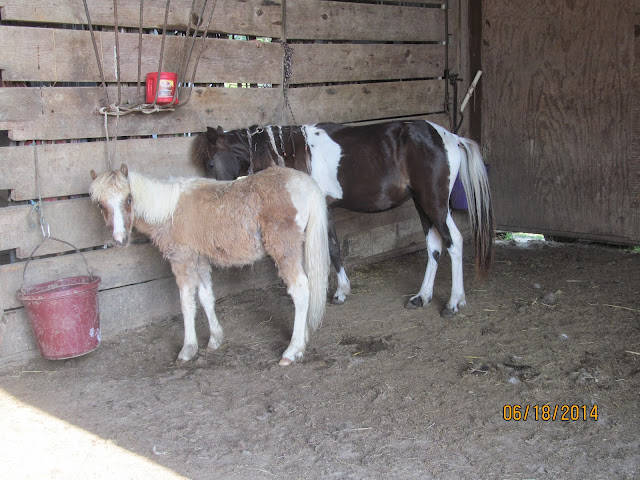paintponylvr
Well-Known Member
You are welcome. I have lots more of those! Here's one of my fav's!!!Thank you Paintponylvr for all of your info and photos. I love to look at everyone's photos. I enjoy the photos of the horses, but I also enjoy looking around in the backgrounds to see what everyone else is doing to keep their horse areas organized. I especially love seeing the photos of the little one's riding the horses. There is something so beautiful about that.

I LOVE YOUR STALL! You might want to look at lining the inside of it though - so that when she rubs against it (winter hair is itchy when it warms up - sometimes in the middle of the winter), paws at it or for some reason kicks. Many things you can line it with - up to at least 4' in height (4x8 sheets of wood - different thickness's for different applications - work well). You probably already have it in the works and it's a 'moot' point,

The wall in the pic (at the black and white colts' tail) above goes up 8'. The "holes" under the wall have been refilled since this pic was taken.
ARGGGHHH, there was something else I was going to ask/say - and it totally escapes me now.
Your new mare is a cutie and sounds like you've gotten started right. I hope you enjoy your new endeavor as much as a lot of us do!



